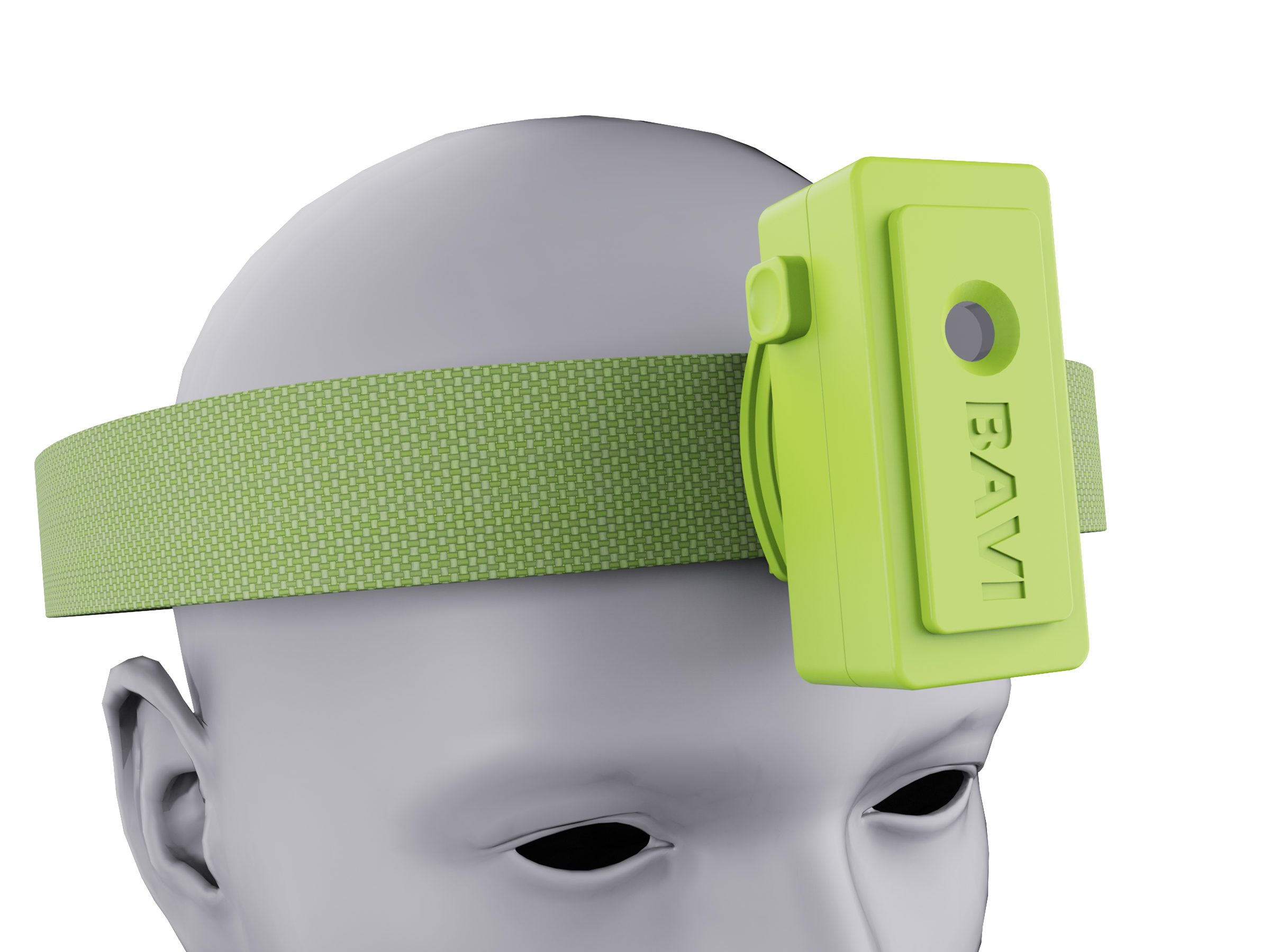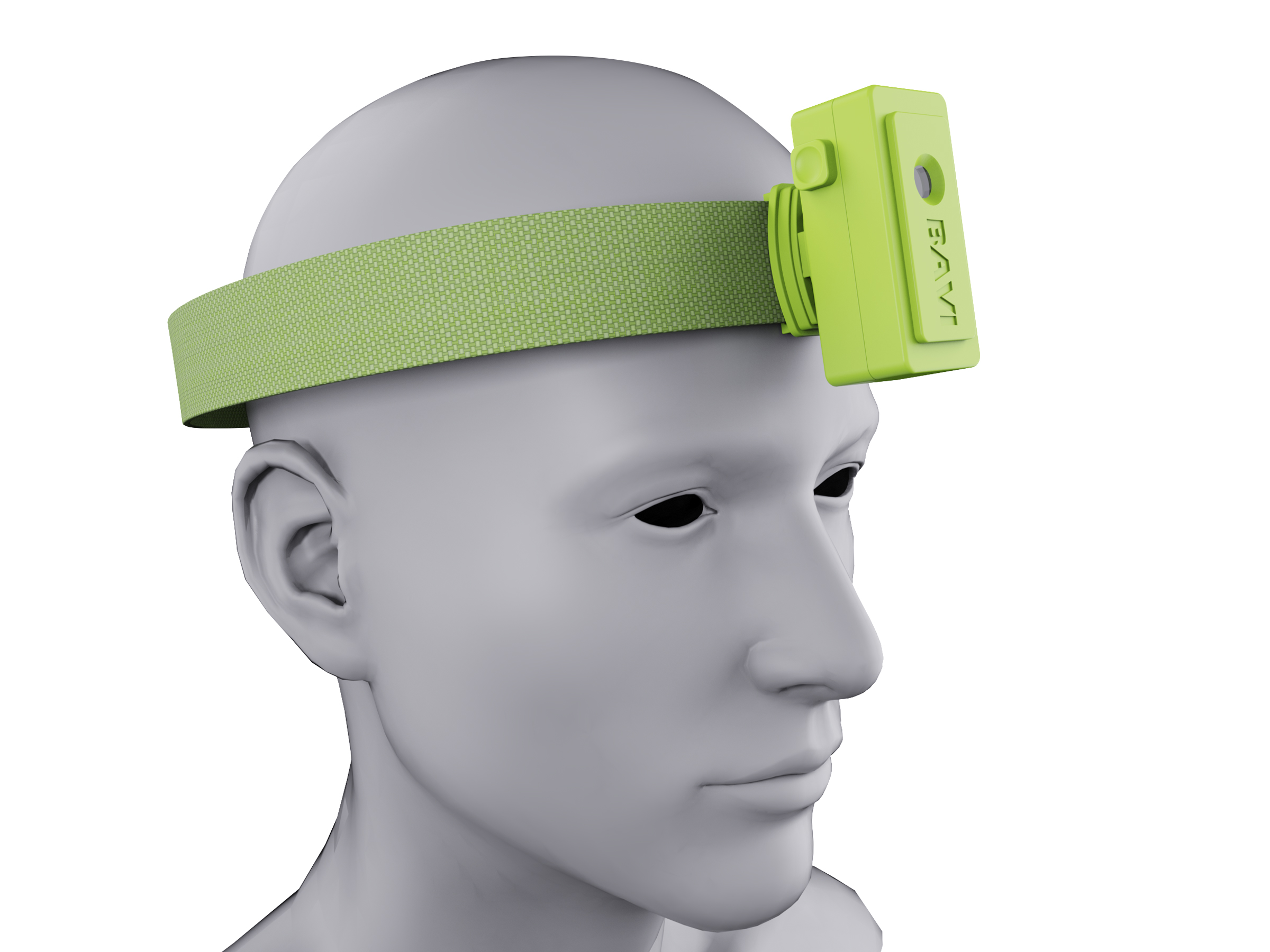
Kaiqiao Rong
I am committed to integrating machine learning with product design, exploring the innovative boundaries of smart technology and user experience. I am good at finding design inspiration through data analysis and transforming complex algorithms into simple and efficient product solutions.



















